- Common Extensor Tendon Origin Repair
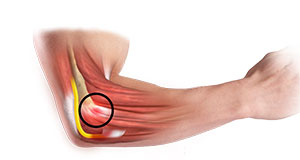
The common extensor tendon is a tough band of fibrous connective tissue that attaches to the lateral epicondyle of the humerus (long bone in the upper arm) at the elbow.
Know More - Cubital Tunnel Release (Medial Epicondylectomy)
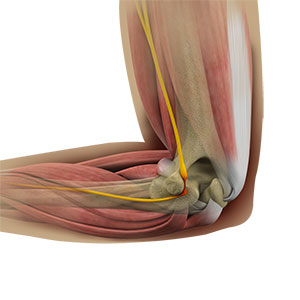
Cubital tunnel syndrome is a condition characterized by compression of the ulnar nerve in an area of the elbow called the cubital tunnel. The ulnar nerve travels down the back of the elbow behind the bony bump called the medial epicondyle, and through a passageway called the cubital tunnel.
Know More - Distal Biceps Repair
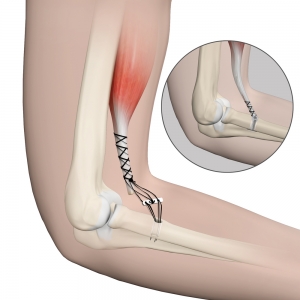
The biceps is a large muscle located in the front of your upper arm and runs from the shoulder to the elbow joint. It is attached to the bones of the shoulder and elbow by tendons. The distal biceps is the area where the biceps is attached to the forearm bone in the elbow.
Know More Launch Movie - Elbow Arthroscopy
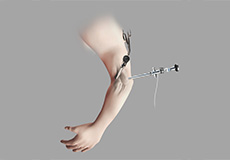
Elbow arthroscopy, also referred to as keyhole or minimally invasive surgery, is a surgical procedure that is performed through tiny incisions to evaluate and treat several elbow conditions.
Know More Launch Movie - Elbow Fracture Reconstruction
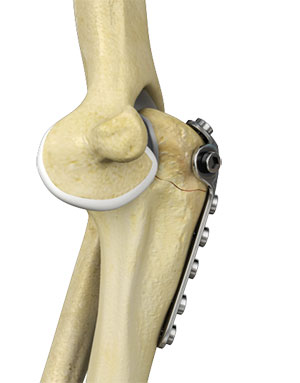
Elbow fracture reconstruction is a surgical procedure employed to repair and restore the appearance and full function of a damaged elbow caused by severe trauma or injury. This may include repairing damaged structures or replacing missing or damaged structures with adjoining skin, muscles, ligaments, tendons, bones, or nerves to restore the appearance and function.
Know More - Elbow Ligament Reconstruction
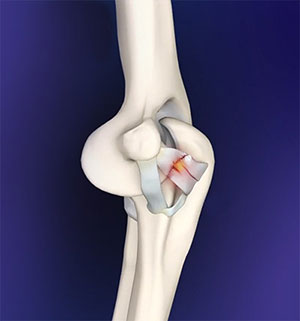
Ligament reconstruction is considered in patients with ligament rupture. Your surgeon will make an incision over the elbow. Care is taken to move muscles, tendons, and nerves out of the way. The donor's tendon is harvested from either the forearm or below the knee.
Know More - Elbow Tendon and Ligament Repair
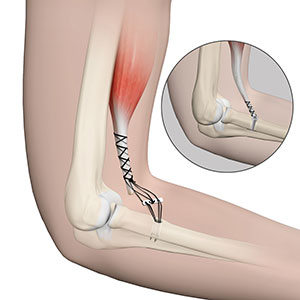
The common conditions affecting the tendons around the elbow joint include tennis elbow and golfer’s elbow, which result from an overuse injury to the tendons in weight lifting, or from repetitive activities during sports or occupation.
Know More - Golfer's Elbow Surgery
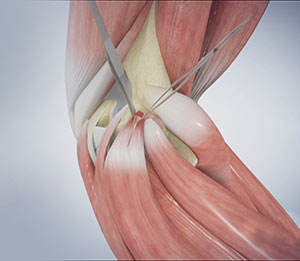
Golfer’s elbow is a condition associated with pain on the inside of the elbow where tendons of your forearm attach to the bony prominence (medial epicondyle).
Know More - Open Elbow Surgery

Open elbow surgery is an operative procedure performed to treat certain conditions of your elbow through a large, open cut (incision) in the skin using a scalpel.
Know More - ORIF of the Humerus Fractures
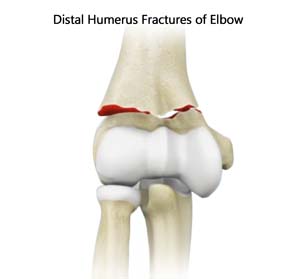
A humerus fracture is a condition that occurs when there is a break in the humerus or upper arm bone that commonly occurs as a result of severe trauma. Fracture of the humerus can affect the movement and function of your arm as well as your work and activities of daily living.
Know More - Non-union Surgery (Elbow)

Non-union is the failure of a broken or fractured bone to heal properly even after appropriate treatment.
Know More - Tennis Elbow Surgery
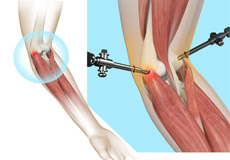
Tennis elbow is a common name for the elbow condition lateral epicondylitis. It is an overuse injury that causes inflammation and microtears of the tendons that attach to the lateral epicondyle.
Know More - UCL Reconstruction (Tommy John Surgery)
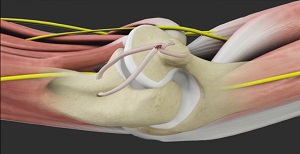
Commonly called Tommy John surgery, this procedure involves reconstructing a damaged ligament on the inside of the elbow called the ulnar or medial collateral ligament with a tendon graft obtained from your own body or a donor.
Know More Launch Movie - Ulnar Nerve Release
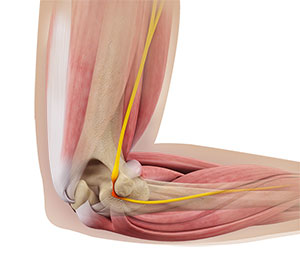
Ulnar nerve release, also known as ulnar nerve decompression, is a surgical procedure to treat a medical condition called ulnar nerve entrapment.
Know More - Ulnar Nerve Transposition
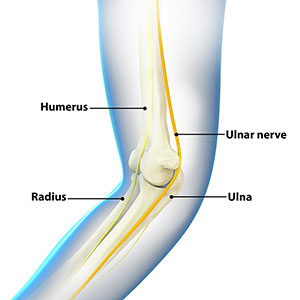
The ulnar nerve can be constricted in many places, which results in nerve entrapment. The compression pressure on the nerve can cause pain and numbness in various parts of the arm.
Know More - Ulnar Collateral Ligament (UCL) Repair with Internal Brace
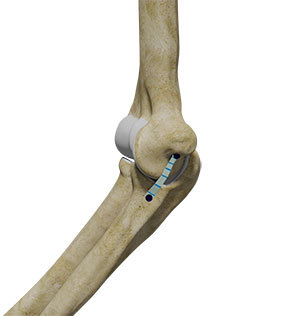
UCL repair with an internal brace is a surgery that involves the use of collagen-coated tape (internal brace) surgically placed at the site of the damaged UCL ligaments. It provides better resistant and a faster recovery compared to traditional reconstruction surgery that involves the use of graft tissue from your body.
Know More














